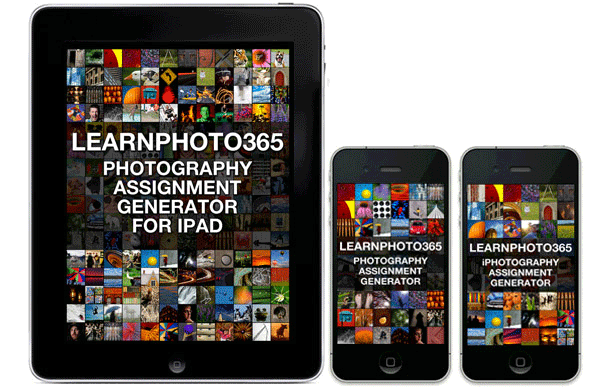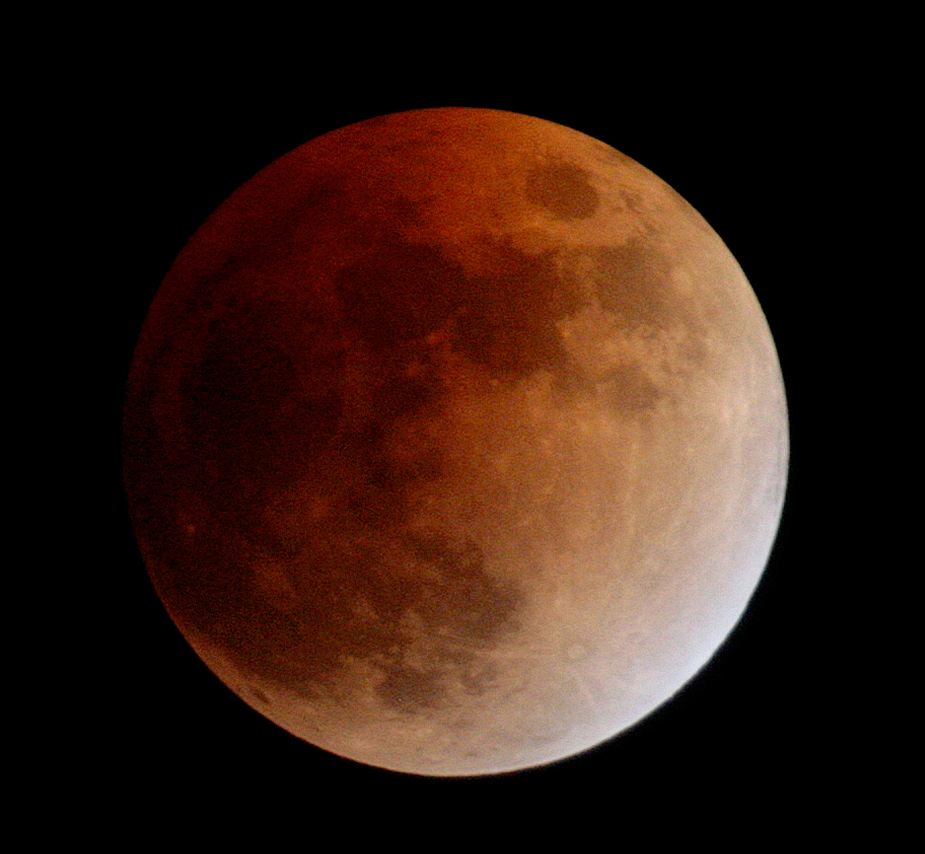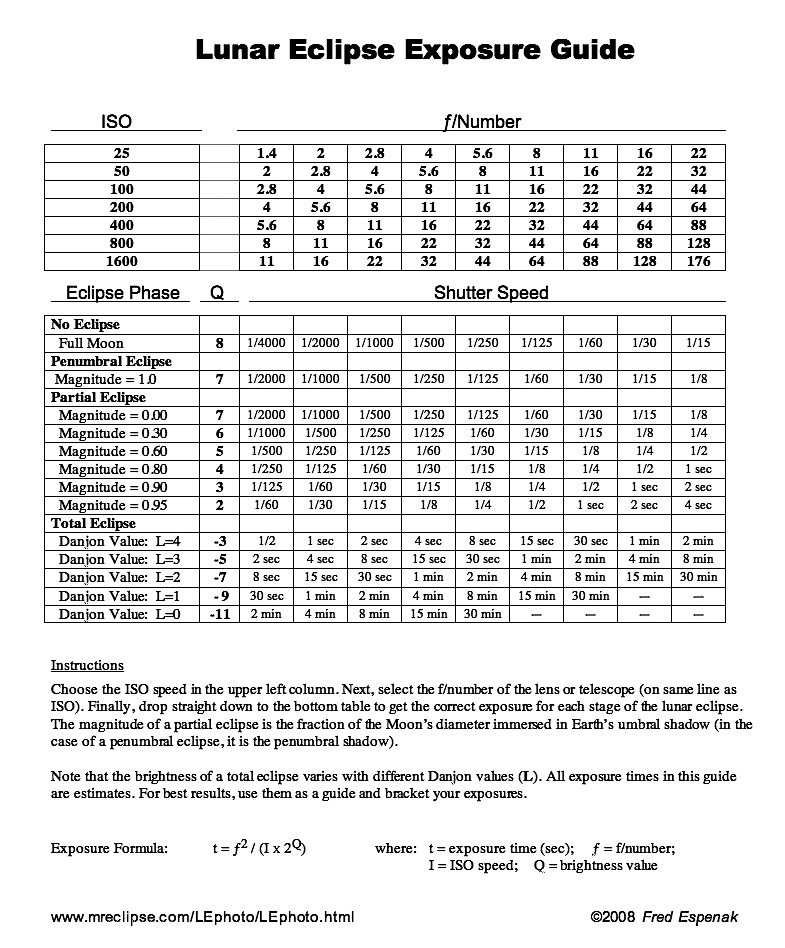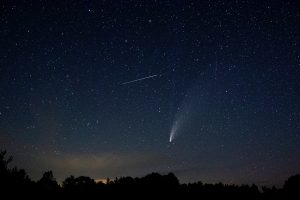A super awesome lunar eclipse is happening over July 27th/28th!
Prime viewing areas for this one are Eastern Africa, the Middle East, and western parts of Asia.
Unfortunately, North America is going to sit this one out. 🙁
(But don’t feel bad…we’ve got one coming Jan 2019!)
If you are lucky enough to be in the prime viewing areas however, here are tips on how to photograph the lunar eclipse!
WHERE AND WHEN
Want to find out if the eclipse will be visible and what time it starts where you live? Try timeanddate.com.
It’s best to find the moon before the eclipse. If you get out when the moon is covered, it will be hard to see. In that event, try some test exposures and the moon will show up on the camera, then refocus there. Another option is to use the SkyView app to find it’s position.
WHAT LENS TO USE:
You want to use your biggest zoom lens, but even with your 300mm it won’t get the moon very large in the frame. So you will have to crop in. Make sure you have the camera set to it’s maximum megapixel/image quality. A 150-600mm/200-500mm lens is much better for this.
If you have VR (Vibration reduction) or IS (Image stabilizer) switch on your lens…TURN IT OFF! It can actually CREATE motion blur sometimes when you are on the tripod….
TRIPOD?:
Of course. You will be doing a very long exposure! But even with the faster exposures as the eclipse starts, doesn’t hurt to have the camera on the tripod to keep it where it needs to be pointed.
Remember, the earth is going to rotate, so the moon will move out of your frame. Be careful to keep track of it before it’s totally eclipsed, or you might lose the moon!
You could also keep the camera at the same point leaving lots of space for the moon to track through, and photograph the different positions of the moon in as it moves across the sky, and put that together as one image in Photoshop.
SHOOTING MODE:
You have to be in MANUAL MODE(M)
ISO:
I’d suggest 400 ISO so you don’t have to use extremely long exposures. You don’t want the earth rotation to soften your moon.
WHITE BALANCE:
Daylight, since the moon is reflecting the sun of course…but you might want to try cloudy/overcast or shade once the eclipse starts. You could also shoot RAW and adjust later.
FOCUS:
Manual focus. AF most likely won’t be able to pick up the moon, especially during the eclipse.
EXPOSURE:
The exposure is going to vary based on what degree of the eclipse you are shooting.
You can start with the “sunny 16 rule” by choosing a shutter speed equal to the ISO, and using F16 as your aperture to get a nice shot of the moon before the eclipse starts, then use this handy chart from Mr Eclipse.com as the eclipse begins.(a great resource for solar and lunar eclipse photography!)
Find your ISO, choose the aperture, and use the shutter speed that lines up below based on the various stages.
For example, ISO 400, F16, at fully eclipsed, the shutter speed would be 30 minutes.
You may want to use a wider aperture (f5.6/F8) during the full eclipse stage however, so the exposure aren’t so long.
MORE TIPS BELOW!
I hope you find these tips useful!
Want even more photo ideas and inspiration? Why not try out the free version of my LearnPhoto365 Photography Assignment Generator Apps on the app store, a unique photography app that’s meant to inspire you to take great photos!
 Perfect for anyone taking part in a Photo 365 challenge, there are over a hundred individual assignments and hundreds of thousands of potential random ones. Versions available for iPhone/iPod and iPad, including free versions so you can try them out! Full details, including reviews and tour videos of the apps can be found at www.learnphoto.ca/apps
Perfect for anyone taking part in a Photo 365 challenge, there are over a hundred individual assignments and hundreds of thousands of potential random ones. Versions available for iPhone/iPod and iPad, including free versions so you can try them out! Full details, including reviews and tour videos of the apps can be found at www.learnphoto.ca/apps
COMPOSITION:
Since the moon will be small, you may want to find other elements you can put in the frame to fill it in. A sign, a church steeple, things like that where you can stand farther back and zoom in on.
OTHER TIPS:
-If you shoot the moon at various times, you can put the images together like the montage above. Here’s a tutorial on how to do this in photoshop!
-If it’s a chilly night, you might want to pull the battery out in between shots. The cold will drain the battery. Also, you may want to put the lens cap on in between shots to prevent condensation. Before you do, move the moon to the bottom corner of the frame so when you come back, it should be near the middle again!
Hope wherever you are you get clear skies!
Noel Chenier
———-
Photographer and teacher
Connect with Noel on INSTAGRAM or TWITTER or via EMAIL
Photography Assignment Generator Apps now available on the app store!
Noel’s Portfolio
Work Done by My Students!
Want to make sure you get all the latest posts and info? Subscribe!
(695)








2 thoughts on “How to Photograph A Lunar Eclipse”